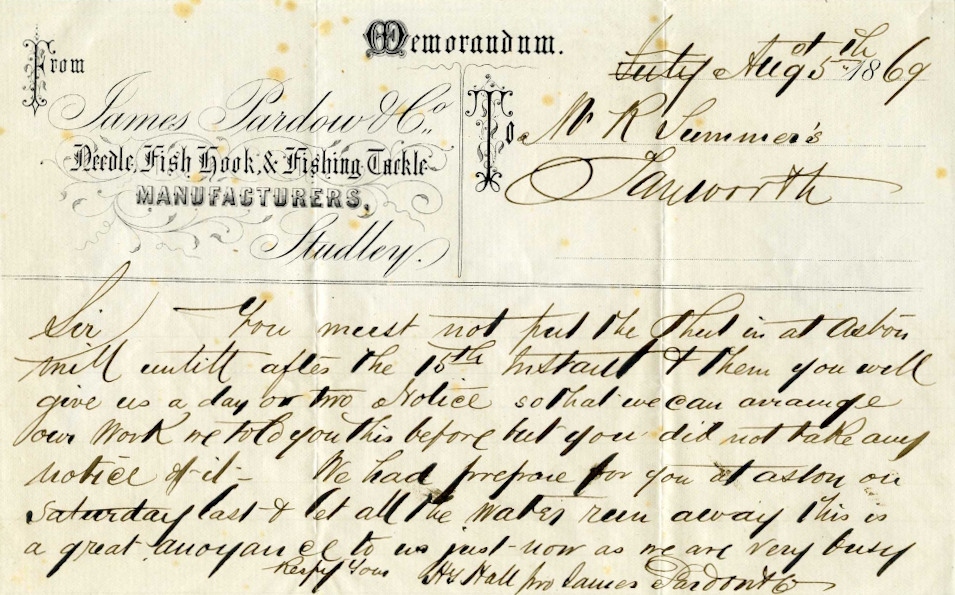


During my research at the Mills Archive, I often encounter records of successful country mills from the early 20th century....

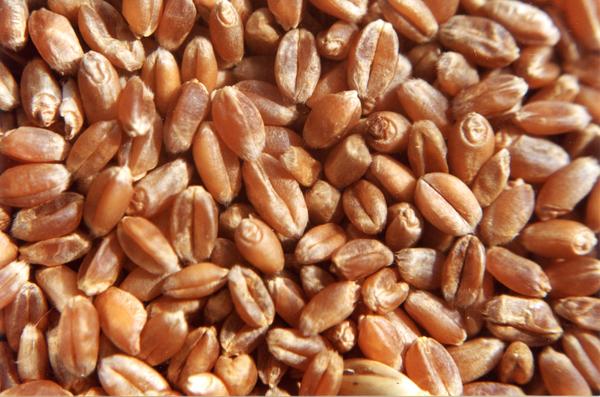
A guest post from Grant M. Campbell, Professor of Chemical Engineering, School of Applied Sciences, University of Huddersfield “In these...
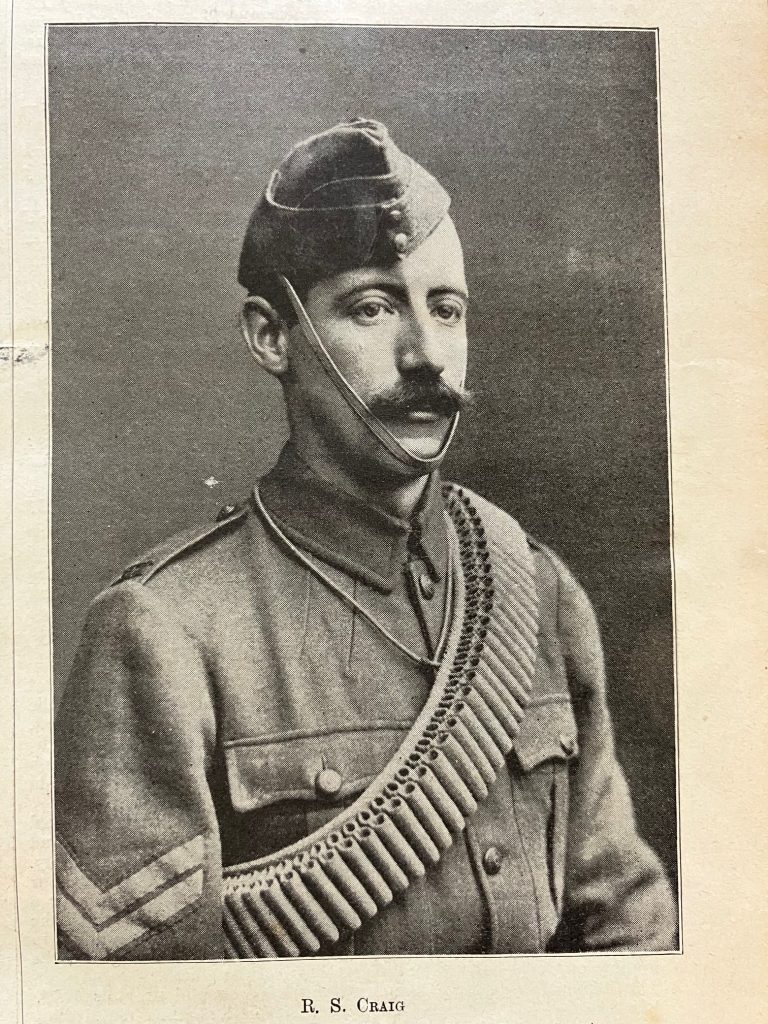
The Second Anglo-Boer War began on 11 October 1899. The war between the British Empire and the Boer republics was...

Records in the IET Archives reading room. Having embarked on the ‘Mills to Megawatts’ project to document and tell the...
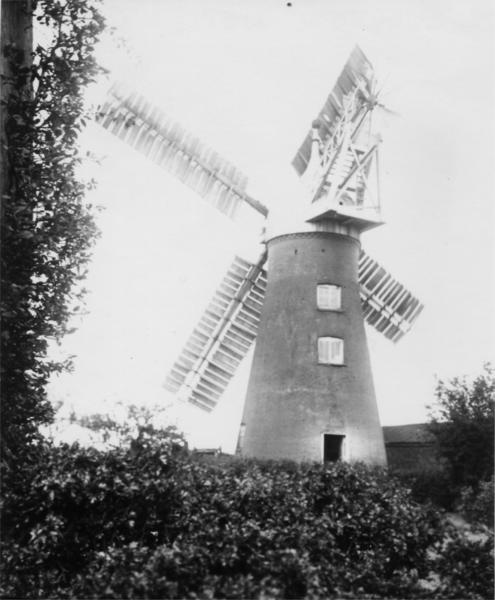
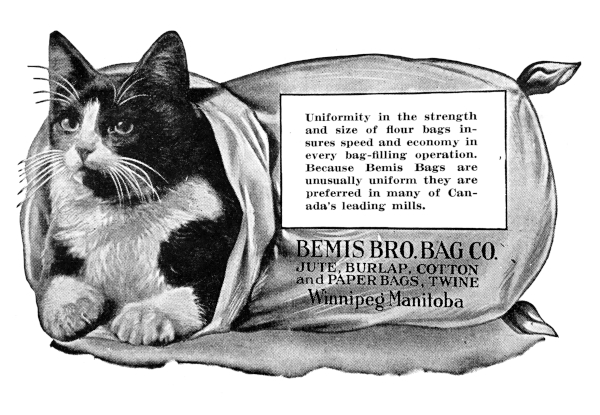
I doubt that many people have ever heard the name Judson Moss Bemis or his brother Stephen, who would introduce...
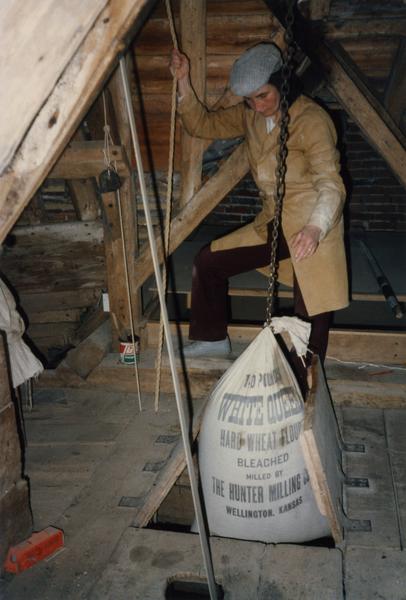
This blog is based on several oral history interviews with our founder Mildred Cookson about her time as the miller...
Catgerories